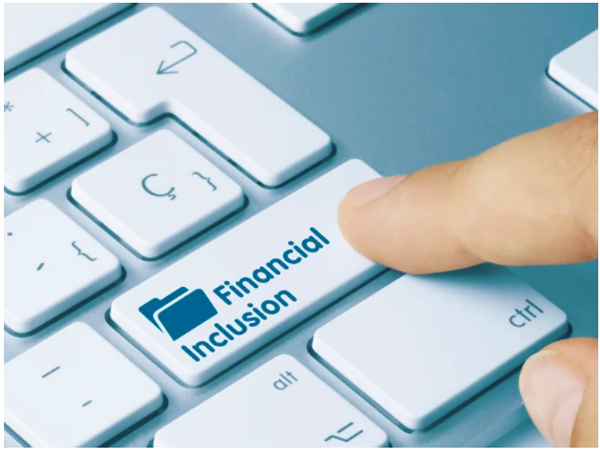When most people think of APIs, they think of technology and how it helps developers build better websites and apps. That is, if they think of APIs at all - for most people it's yet another acronym or term that IT people keep talking about without ever really explaining what it is or what it does.
But what if we told you that APIs are changing the way people interact with the world around them, and that includes financial institutions? In fact, APIs are one of the driving forces behind what is known as "open banking" or "open finance", a movement to make financial data more accessible so that people can make better-informed decisions about their money.
APIs are playing a huge role in the world of finance and helping to promote financial inclusion for all.
In this blog post, we'll take a look at what APIs are and how they're enabling open access to data and financial inclusion for everyone. We'll also go over some of the most common uses for APIs and their benefits, as well as some key takeaways on how APIs can help businesses and consumers with their everyday life.
The Basics of an API
API stands for “Application Programming Interface”. In simple terms, an API is a set of rules or protocols that determine how one piece of software can communicate with another.
You can think of APIs like contracts. The API documentation is the agreement that if one party requests for data or service in a certain manner, the second party will respond in a specific manner as well.
This simplifies the development of IT systems and applications, since even third parties, if given permission, can reliably request data or service regardless of the underlying software or hardware of the source.
The provider of the data or service can upgrade their systems, change their architecture, or update their user interface, without impacting any third parties and partners who are using data they provide.
The users of the data or service can do the same without needing hand-holding or significant assistance from the data provider.
As long as both parties stay true to the agreement (which is the API documentation or specifications), it's business as usual for both of them regardless of changes happening on the other side of the API.
APIs in Financial Inclusion and Open Data
APIs play a big role in financial inclusion by providing access to data that was once siloed off and difficult to obtain. By making financial data available, APIs can help businesses make better decisions, empower consumers with more knowledge about their finances, and drive innovation in the financial sector.
In the context of finance, APIs are what allows different financial institutions and services to share data with each other. For example, when you use a mobile banking app to check your account balance, that information is being pulled from the server via an API. When you use an e-wallet account to buy something from an online marketplace, the transaction takes place via APIs.
API-enabled financial inclusion means that people who previously did not have access to traditional banking services can now use mobile apps and other digital platforms to make payments, transfer money, and save money.
This is especially beneficial for people in developing countries who may not have a bank account or credit card.
Common Uses for APIs for Financial Inclusion
The wide adoption of APIs in the finance sector has led to the development of numerous applications that can promote financial inclusion.
The most common examples of APIs that highlight this include:
Open and manage bank accounts regardless of location or mobility.
A common problem with underbanked economies is the inability of the population to get physical access to banks and financial institutions in order to obtain needed financial services.
With APIs, more people will have appropriate access with even just a mobile phone and data, without needing to step foot inside a physical bank. This enables people to manage their money and get access to financial institutions regardless of their location or mobility.
Make and receive payments.
APIs allow businesses to make and receive payments easily and quickly. This is important for businesses of all sizes, but especially small businesses who may not have the resources to invest in expensive payment infrastructure.
Transfer money between accounts.
This is another crucial function of APIs in the financial world. Money needs to be able to move quickly and easily between accounts in order for businesses to function properly. For individuals, this is a convenient way to transfer money, especially for people who are not able to use traditional banking products and services.
Checking credit scores and credit worthiness.
APIs can enable businesses to quickly and easily check the credit scores of their customers. In turn, this gives more people access to financial services from all walks of life.
Get real-time insights.
APIs provide the ability to get real-time data, which is essential for making informed decisions in the financial world. This data can be used to make better investment decisions, monitor market trends, and more.
Key Takeaways
With APIs, businesses and consumers can have better access to financial data, products, and services. APIs also provide the ability to get real-time insights into what is happening in the financial world. This can help businesses and consumers make more informed decisions about their money.
What are your thoughts on APIs and how they enable financial inclusion? Let us know in the comments!



